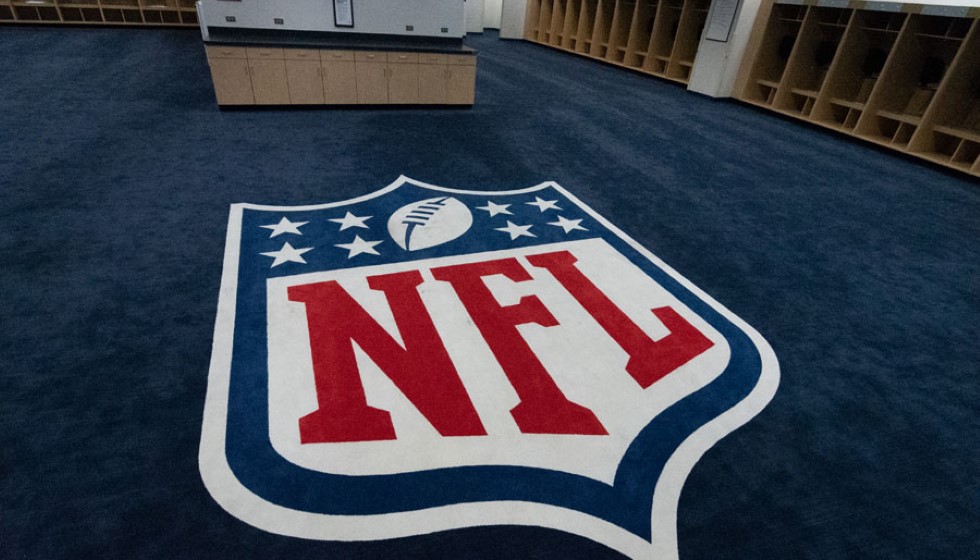
The 2024 NFL season marks an innovative stride towards enhancing player safety with the induction of more position-specific helmet models. This progress is the result of collaborative efforts between the National Football League (NFL) and the National Football League Players Association (NFLPA), highlighting the organizations' commitment to the well-being of the athletes. Understanding that different positions on the field face unique demands and risks, the development of specialized helmets is a crucial step forward in protecting players more effectively.
Why Position-Specific Helmets?
Football is a sport of diverse roles, each carrying its own set of physical challenges and threats. Quarterbacks, for instance, require helmets that not only offer the utmost protection from high-impact hits commonly experienced during sack attempts but also need to ensure optimal visibility to make split-second decisions. On the other hand, linemen are subjected to repetitive blows each game, necessitating helmets that can absorb these forces effectively, thereby minimizing the strain exerted on the player.
Recognizing these distinct needs, there has been a push to develop and introduce top-rated helmets, with about eight models currently catering specifically to quarterbacks and linemen. For quarterbacks, the emphasis is on helmets that combine visibility with unparalleled impact protection. For linemen, helmets are designed to mitigate the effects of high-force impacts, addressing the recurrent physical exchanges that typify their role on the field.
Innovations in Helmet Technology
A standout in helmet innovation is Riddell's Axiom 3D model, which represents a leap in design and protection, reflecting a deep understanding of the needs of modern football players. This growing interest in specialized helmets reflects not only in their development but also in a broader push for their adoption, especially among linemen. Furthermore, the recent focus on helmet safety, triggered in part by an incident involving Patrick Mahomes, underscores the ongoing dialogue and efforts to elevate the standards of player protection.
The approval of specialized helmets for linemen in 2022 and for quarterbacks in 2023 exemplifies the NFL's dedication to this cause. These moves are supported by continuous research and development aimed at curbing head injuries, presenting a clear trajectory towards safer playing conditions.
Looking Ahead
The trend towards position-specific helmets is set to expand, with anticipation that more players across different roles will embrace this change. Technological advancements play a pivotal role here, paving the way for the creation of helmets that are not only safer but also more effective in reducing injury risks. The possibility of extending this approach to design helmets tailored for wide receivers and running backs is also on the horizon, hinting at a future where every player on the field has gear optimized for their specific position.
Central to these endeavours is the overarching goal of minimizing injury risk, thereby ensuring a sustainable and safer career path for NFL players. Jeff Miller, the NFL executive vice president for health and safety, views the current advancements as a promising start but acknowledges the need for wider adoption, particularly among linemen. His outlook suggests a future where innovation in player safety continues to evolve, underlining the NFL's commitment to protecting its players through thoughtful and progressive measures.
In summary, as the NFL progresses into the 2024 season and beyond, the focus on developing and promoting position-specific helmets illustrates a significant forward leap in the ongoing quest to safeguard athletes. By tailoring safety equipment to the unique requirements of each role, the NFL and NFLPA are setting a precedent that not only enhances player safety but also the quality of the game itself. As these efforts expand, the hope remains that players across all positions will benefit from the advancements in helmet technology, leading to a future of football that is both exciting and exceptionally secure.